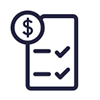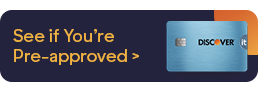Ever considered applying for a credit card or a home equity line of credit? If so, you have an idea of how revolving credit works. Revolving credit accounts allow you to borrow up to a limit, repay what you owe, and borrow again from the same account. You can use revolving credit to finance major expenses such as home renovations or even day-to-day expenses such as gas and groceries.

What is Revolving Credit?
7 min read
Last Updated: January 23, 2025
Next steps

See if you're pre-approved

View all Discover credit cards
See rates, rewards and other info
You may also be interested in
Was this article helpful?
Was this article helpful?



